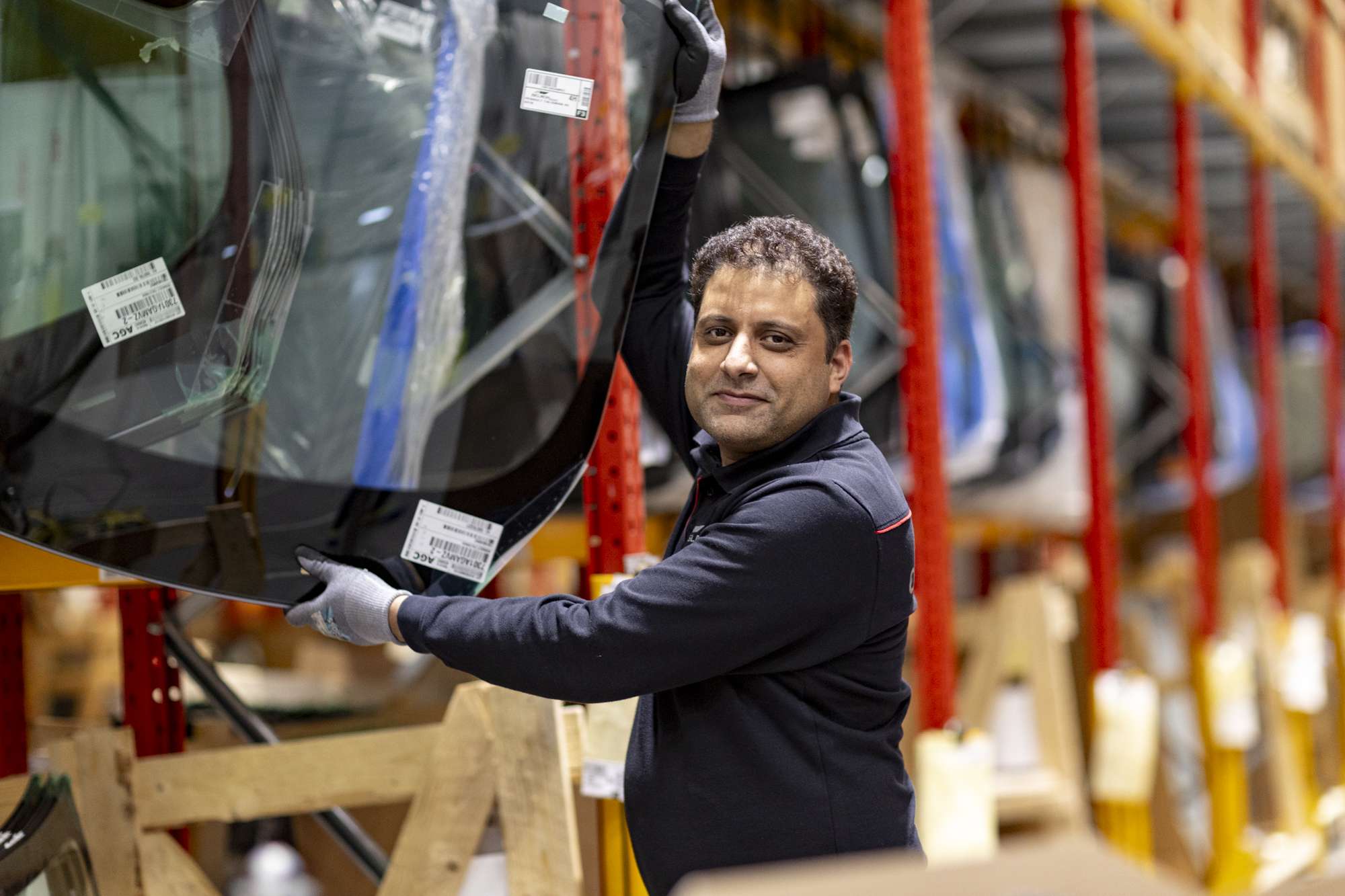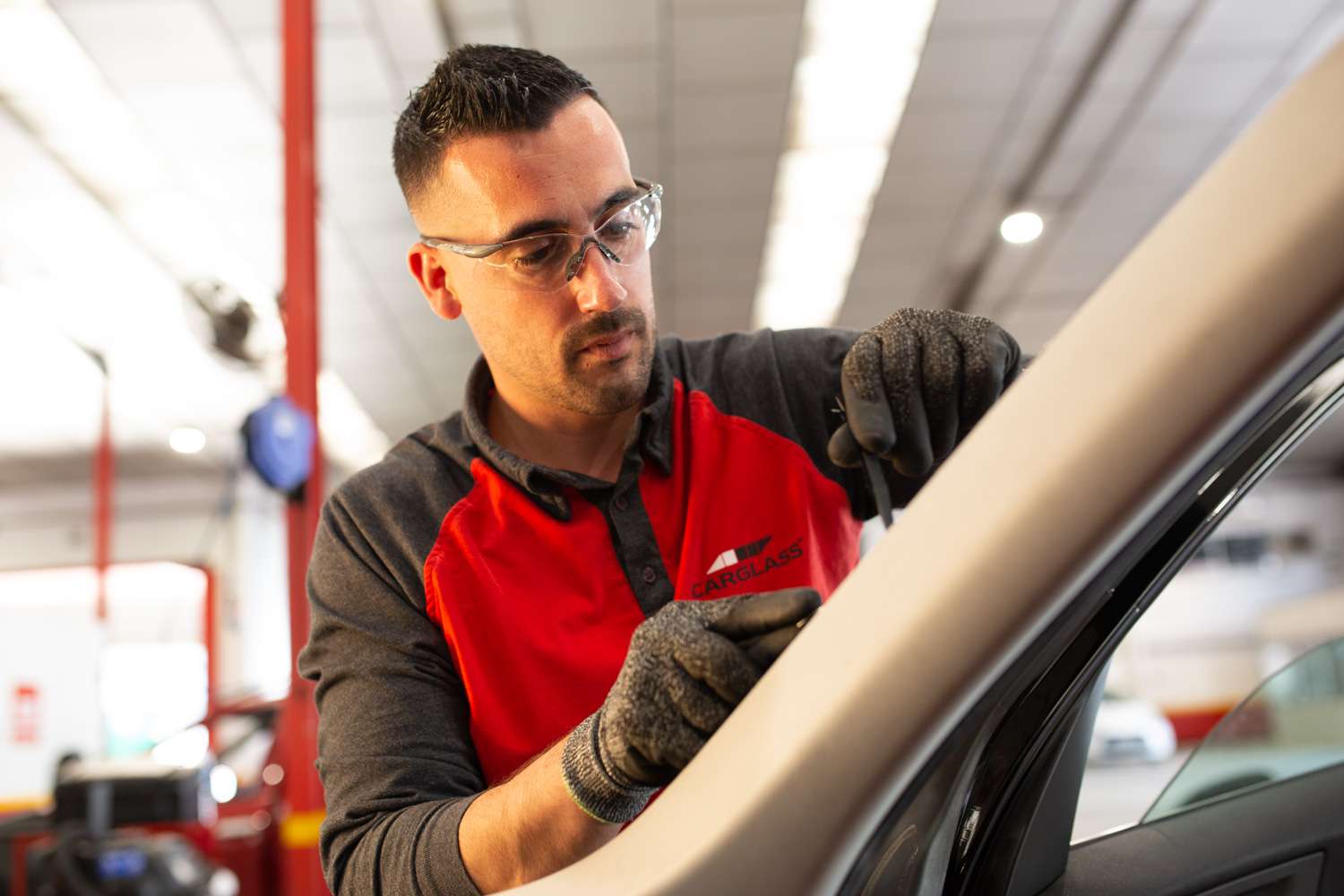Audits, best practice and value chain risk

Conflicts Minerals policy
In 2024, we also launched our first Conflict Minerals policy, as part of our commitment to ensure that the materials that are used in the products we buy (such as tungsten), or in the manufacturing process (such as tin), are responsibly sourced. We also became the first in our sector to join the Responsible Minerals Initiative and will use the insights and connections this gives us to encourage our suppliers to make a positive difference in this area,

Site audits
To ensure our suppliers’ compliance with our requirements, our sustainable procurement team continued its programme of assessments and audits, performed both remotely and on site at production, distribution and service delivery locations. This programme continues to be supported by our external partners, who run a bespoke audit structure that assesses a wide range of topics and delivers a corrective action plan with required resolution times. In 2024 we brought a new audit partner on board to help align the programme with our new Supplier Code of Conduct, and to perform audits in the most productive, cost effective and sustainable way possible. Our approach is to have an ongoing dialogue with suppliers to address risks, provide advice and share best practices. This is supported by a detailed scoring mechanism. In 2024 we met our objective of having all our strategically important suppliers covered by a valid assessment or audit. Review periods for these suppliers are updated quarterly according to their risk profiles and scores.

Audit results
Our audit results of our global suppliers were strong in 2024. 50% of our supplier sites audited in 2024 achieved the highest possible ‘Platinum’ grade, meaning that no risks were identified, and only good practices found. Together with 29% achieving ‘Green’ grade, the programme saw 79% of our supplier sites achieving the top two ratings.
Health and safety was one of the risks identified, albeit a decreased one compared to previous years. We will address this by focusing on safety in our new Supplier Handbook and support from our own team of safety experts. Supplier good practices were demonstrated across a range of areas, especially in protection of the environment and the prevention of climate change. This gives us a solid platform on which we can build our emissions reduction plans with our suppliers. In 2024, more of them set science-based targets that align with our own.

Managing value chain risk
In 2024, we continued to use a range of systems to assess risks in our value chain and get real-time information about events requiring attention. We reviewed the full supply chains of key strategic suppliers, tracing back to raw materials and assessing a broad range of risks and sustainability impacts at each stage, including their emissions. We applied our business continuity framework to review the ability of our partners to provide goods and services in case of adverse events, or any other contingencies.